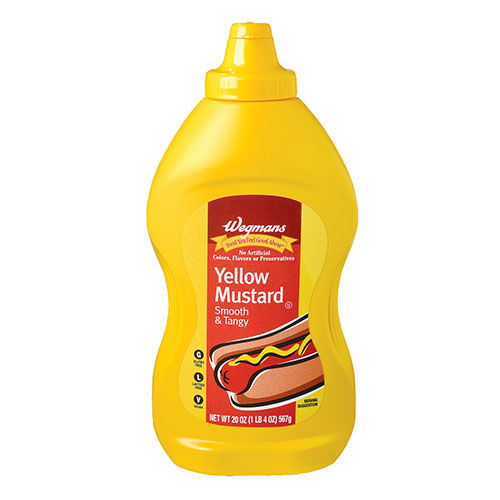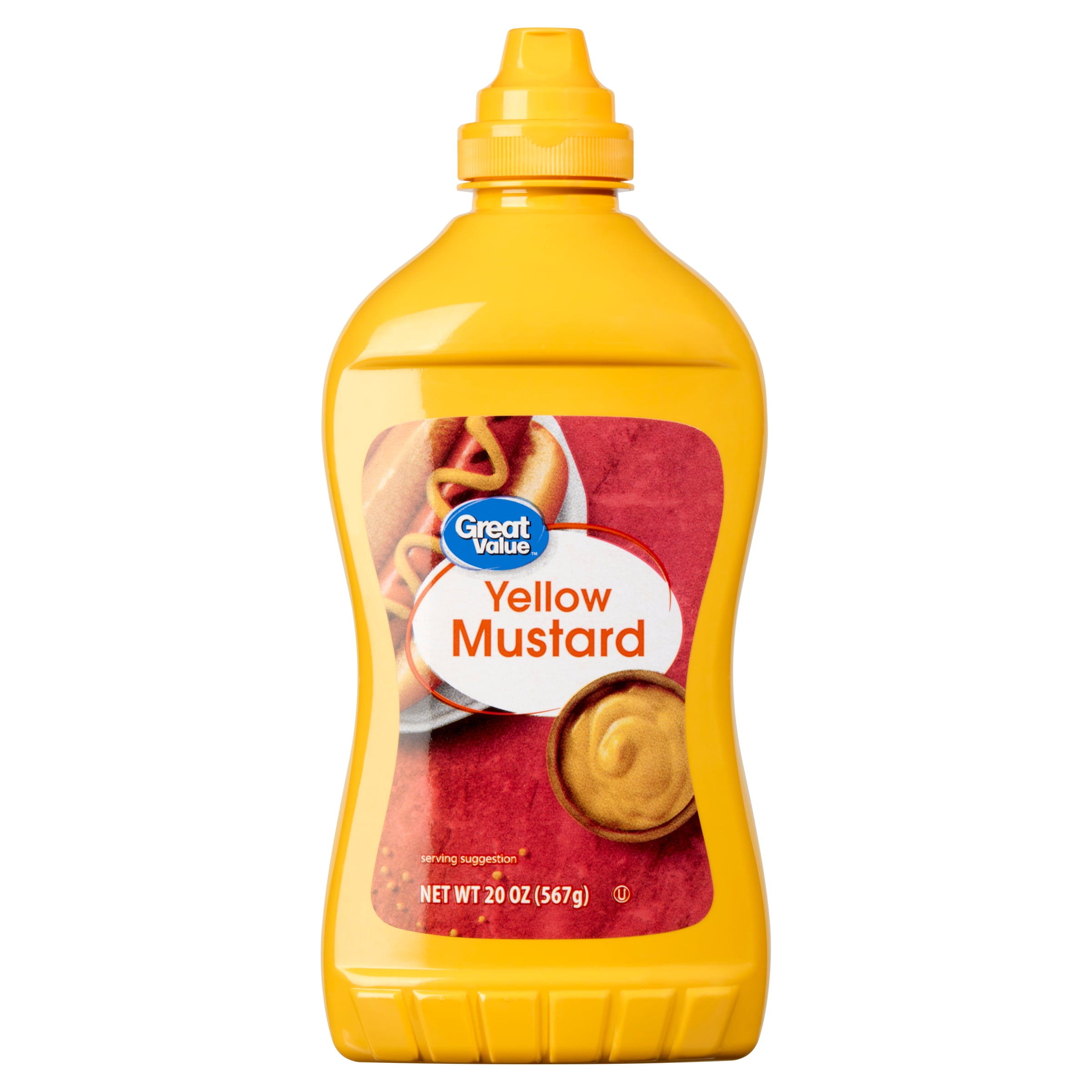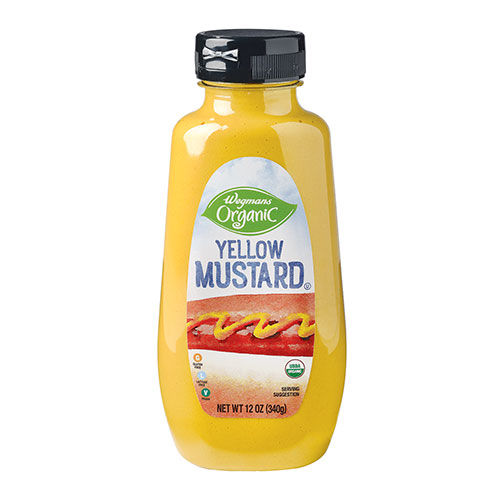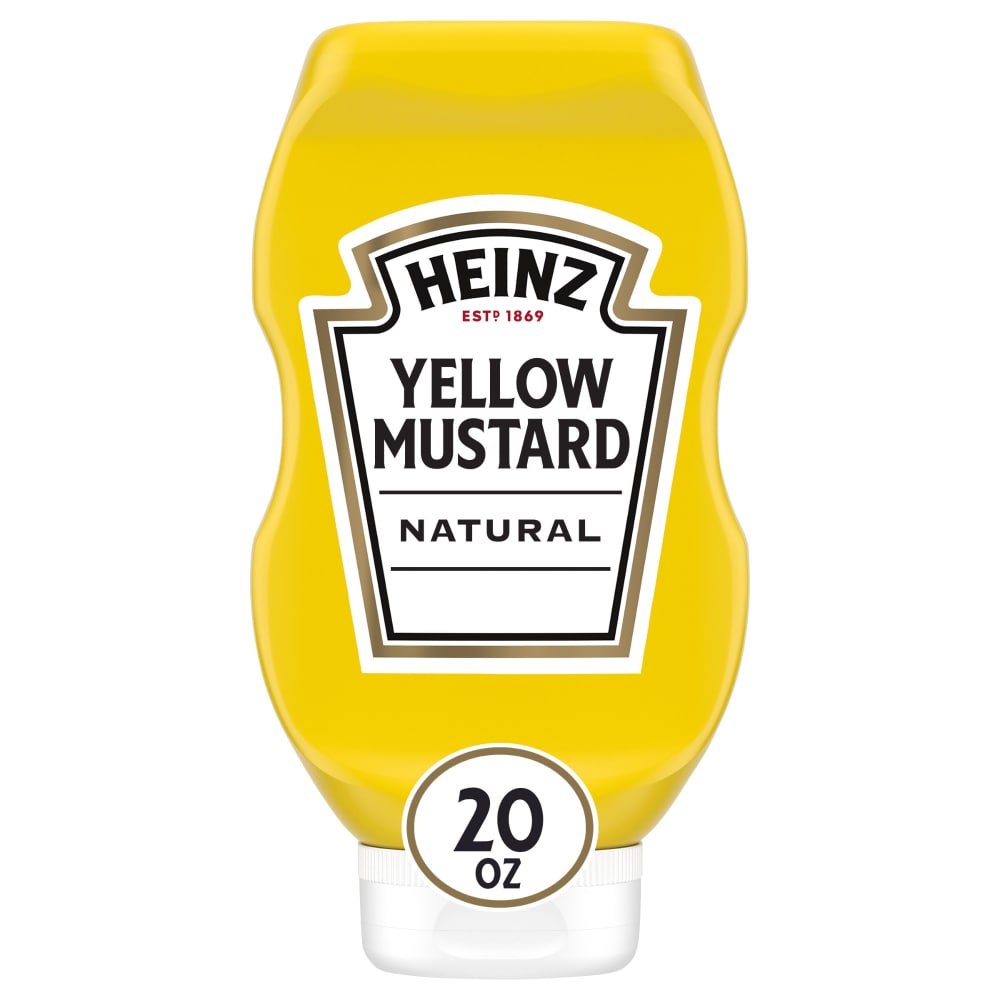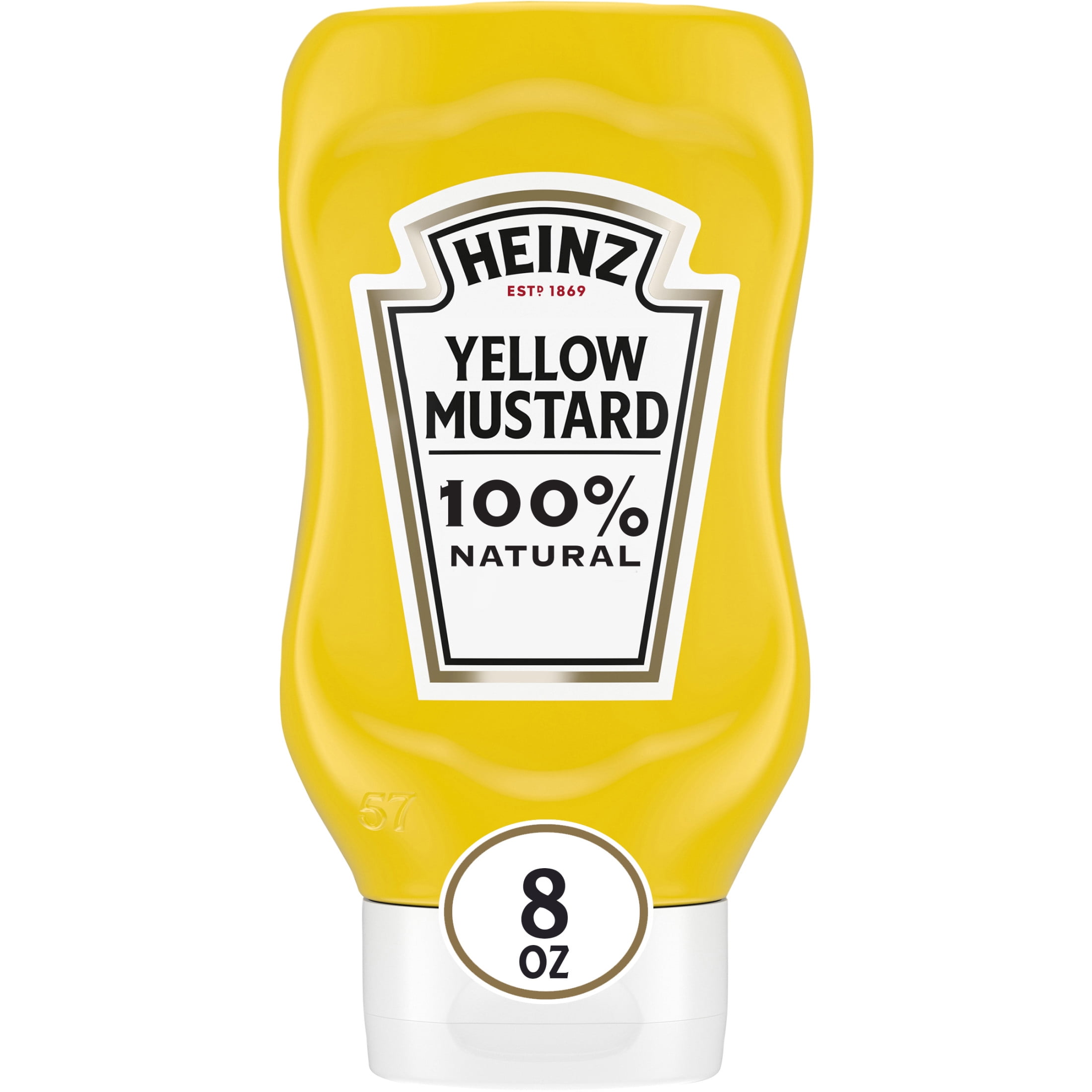CONDIMENTS AND SAUCES
Yellow Mustard
Yellow mustard is a delightfully versatile condiment, known for its sharp, tangy flavor and bright yellow hue. Derived from ground mustard seeds, vinegar, water and salt, its taste can vary from sweet to spicy.
It's an indispensable addition to sandwiches, hot dogs and burgers. Beyond that, it’s also employed in many recipes to lend depth and warmth. Brush it onto roasting meat, stir it into vinaigrettes, or mix it with mayonnaise for a kicking dip - the possibilities are endless.
#3
IN CONDIMENTS
$0.09
AVG / OZ
1,788 Yellow Mustard Products
Used In 175 Recipes
2
Cheesy Beef Melt Sandwich
6
Cheesy Burger Pasta Skillet
4
Ultimate Homestyle Sloppy Joes
6
Cheesy Keto Burger Bites
2
Loaded Cheeseburger Macaroni Skillet
1
Easy Stovetop Cheeseburger Macaroni
5
Sweet and Spicy Chili Barbecue Sloppy Joes
7
Tasty and Wholesome Meatloaf Bites
Yellow Mustard Is Frequently Used With
Yellow Mustard FAQ
When cooking with mustard, the most common questions revolve around its varying forms, the differences in taste between types, how to incorporate it into different dishes, and its nutritional benefits. Many people fall into the trap of using mustard merely as an afterthought or a condiment, without realizing that it can dramatically enhance the flavor profile of a multitude of dishes. To get the most out of mustard, it's important to experiment with its different varieties. For instance, Dijon mustard is known for its creamy texture and smooth flavor, making it a great addition to dressings and marinades. Whole grain mustard is well-suited for stews or casseroles, where the grains can add a delightful crunch. Lastly, mustard greens, an often overlooked part of the mustard plant, can be sautéed or added to salads for a peppery kick.
One little-known trick with mustard is to add it near the end of the cooking process for hot dishes. This allows the mustard to retain more of its intricate flavors that would otherwise be lost under high heat. Similarly, when using mustard in a vinaigrette, whisk it with the vinegar first before slowly adding oil. This helps to create a stable emulsion, resulting in a more balanced and unified dressing.
Is mustard gluten-free?
Can mustard be used in sweet dishes?
What dishes pair well with mustard?
What is the difference between yellow, brown, and black mustard?
How do I use whole grain mustard in cooking?
Is mustard healthy?
Can I substitute Dijon mustard for yellow mustard?
When should I add mustard to my cooking?
Can I use mustard greens in my salad?
What's the difference between prepared mustard and mustard powder?
Expiration & Storage Tips
When does mustard expire?
A commercially packaged bottle of mustard typically stays good for about a year unopened in your pantry, with the best flavor used within two months of opening. After opening, you can extend its shelf life to about a year if it's kept in the refrigerator. Should you have a seriously big jar, mustard can be frozen in ice cube trays then transferred to a zipper bag. The cubes can last for up to a year in the freezer and should be defrosted overnight in the fridge before using.
How do you tell if mustard is bad?
To determine if your mustard has spoiled, first check for any changes in color, texture, or smell. Quality mustard should have a specific sharp or tangy aroma, and it should not be clumpy or discolored. Discard the mustard if you notice noticeable mold or other uncharacteristics on its surface or if it gives off an off smell.
Tips for storing mustard to extend shelf life
• Always tightly seal the mustard container after each use to prevent exposure to air and moisture.
• Store mustard in a cool, dry place away from direct sunlight if it hasn't been opened. Once opened, place it in the fridge to maintain the best quality, preferably in the door, as this part of the fridge has the most consistent temperatures.
• If freezing, place mustard in an ice cube tray and once frozen, transfer to a freezer bag for best storage. Always label with the date.
• Avoid repeatedly extensive heating and cooling of mustard as this can lead to degrading the quality.
EXPIRES WITHIN
14 - 22
MONTHS
Substitutes

Creole Mustard

Dijon Mustard

Spicy Brown Mustard

Stone Ground Mustard

English Mustard

Whole Grain Dijon Mustard
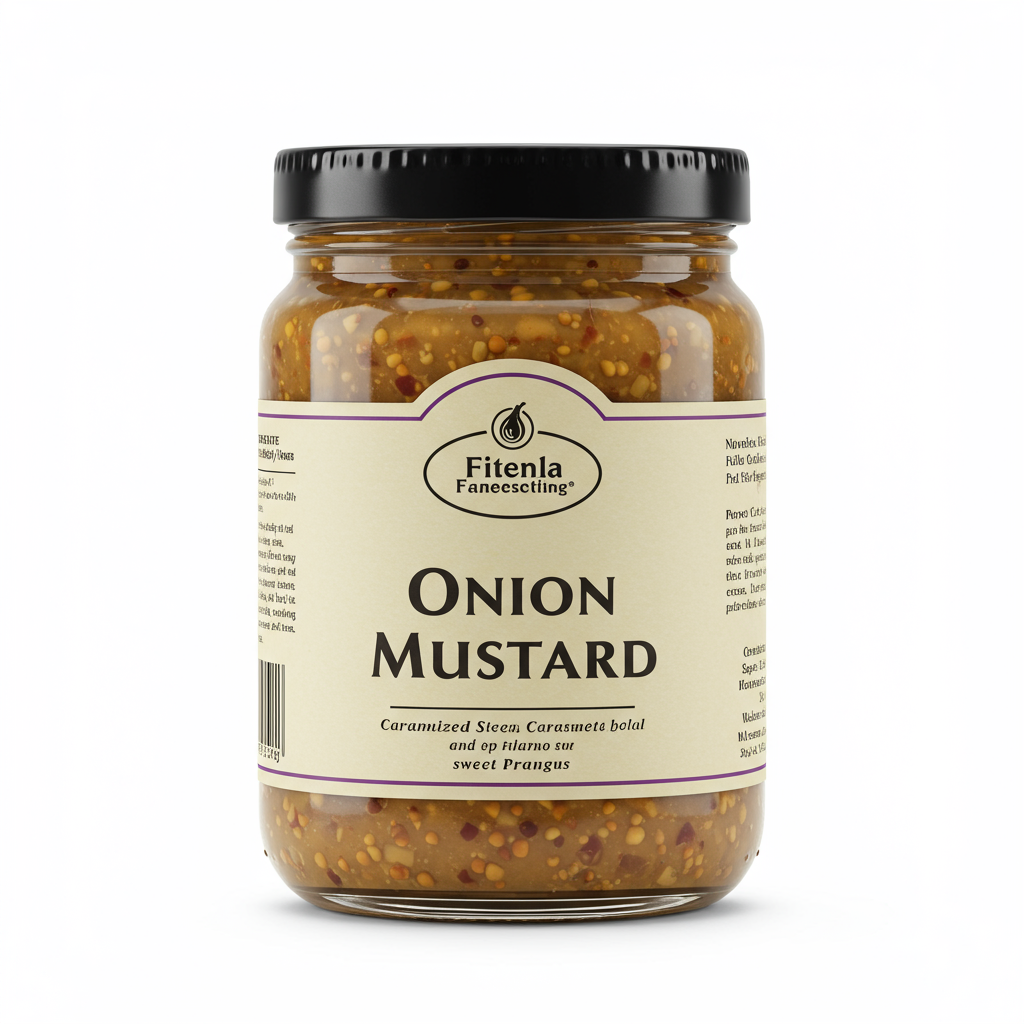
Onion Mustard

Dijonnaise

Honey Chipotle Mustard
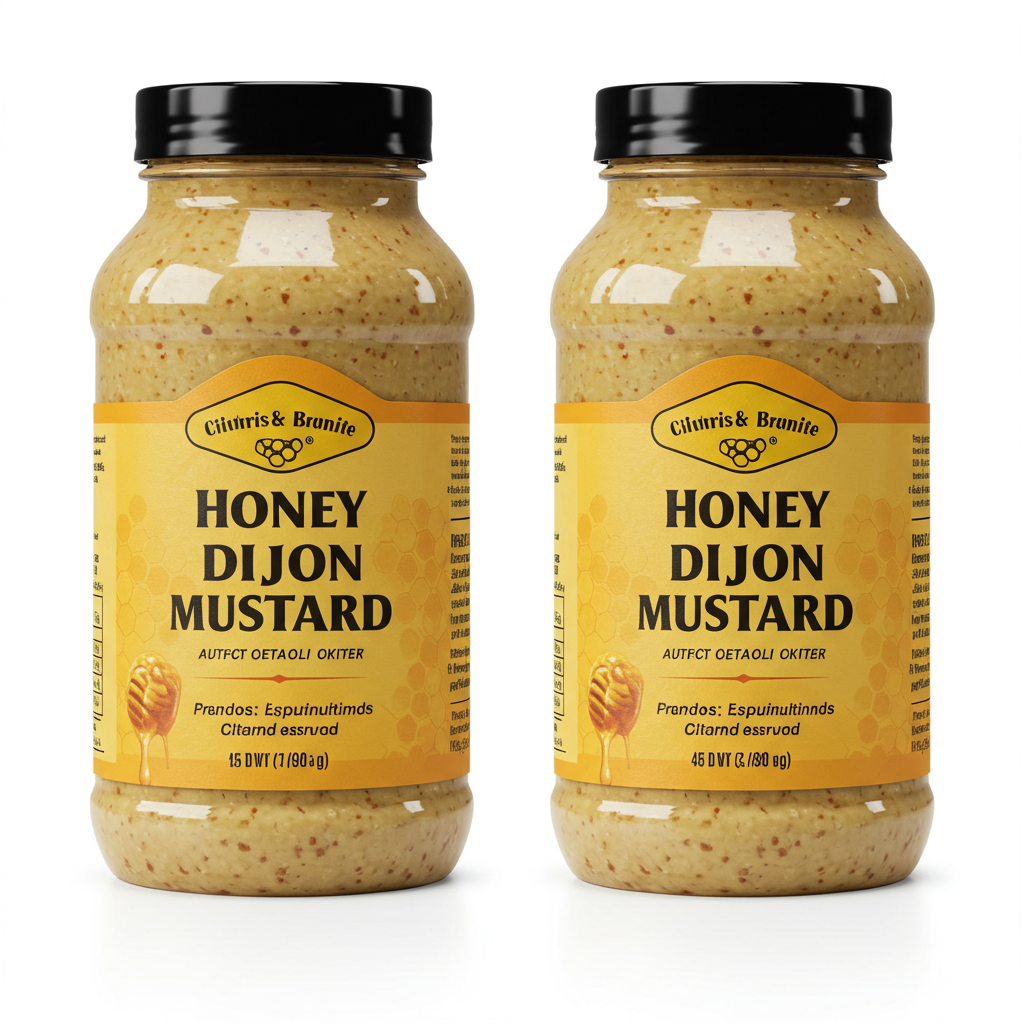
Honey Dijon Mustard
See All
Health Info
Macros
Allowed on these diets
LOW FAT
HIGH CALCIUM
VEGETARIAN
KETO
PALEO
WHOLE 30
MEDITERRANEAN
LOW CARB
VEGAN
LACTOSE FREE
GLUTEN FREE

